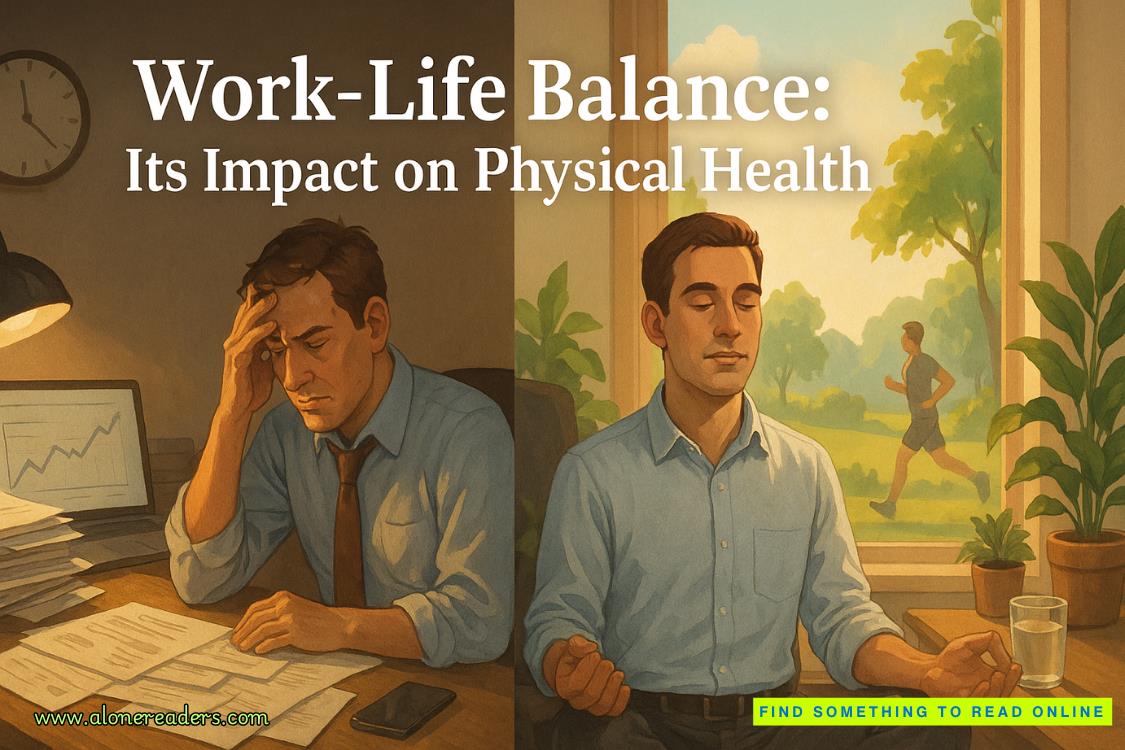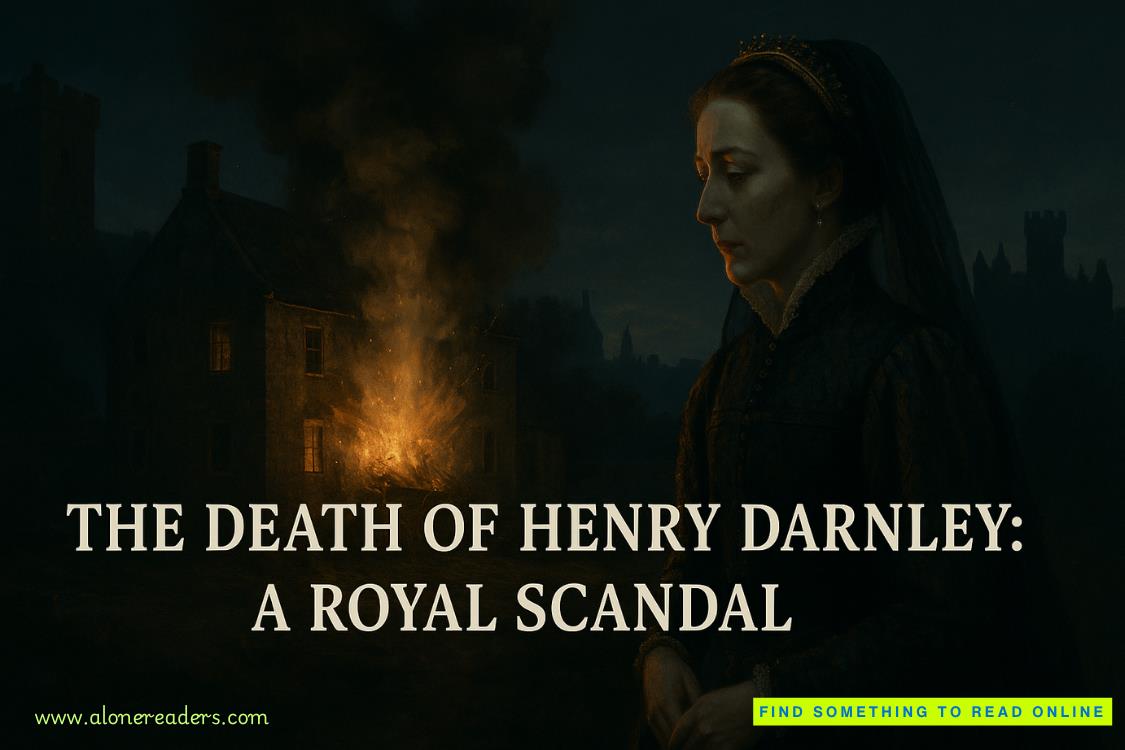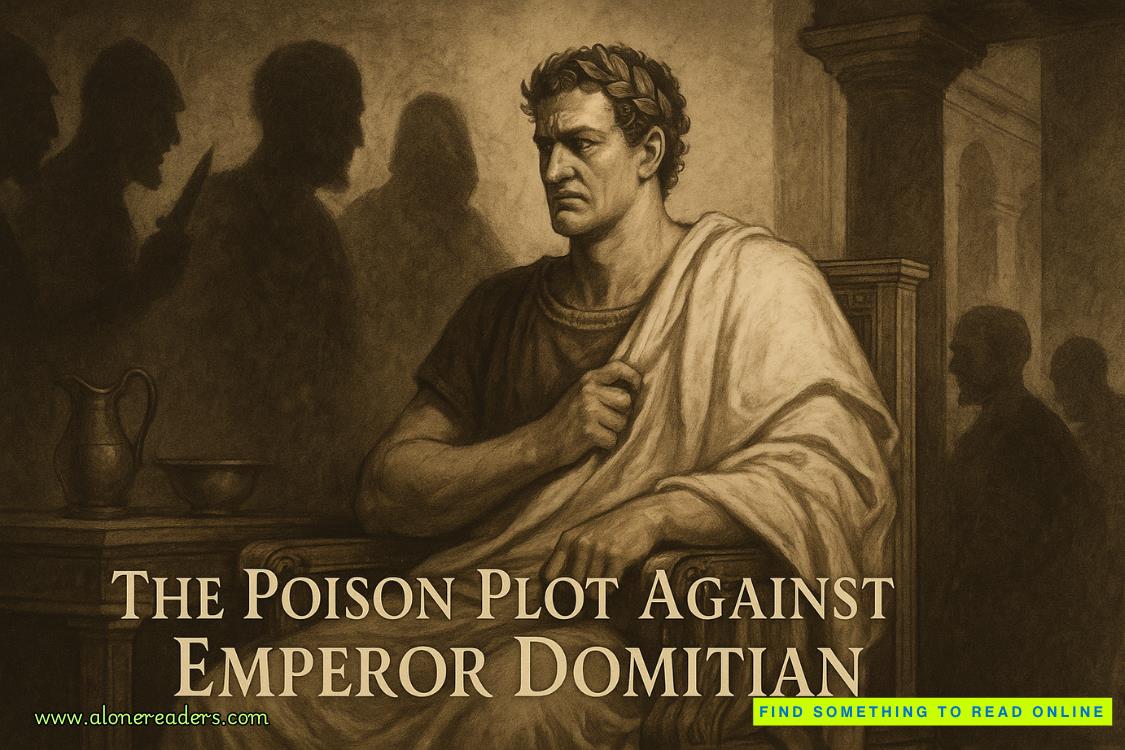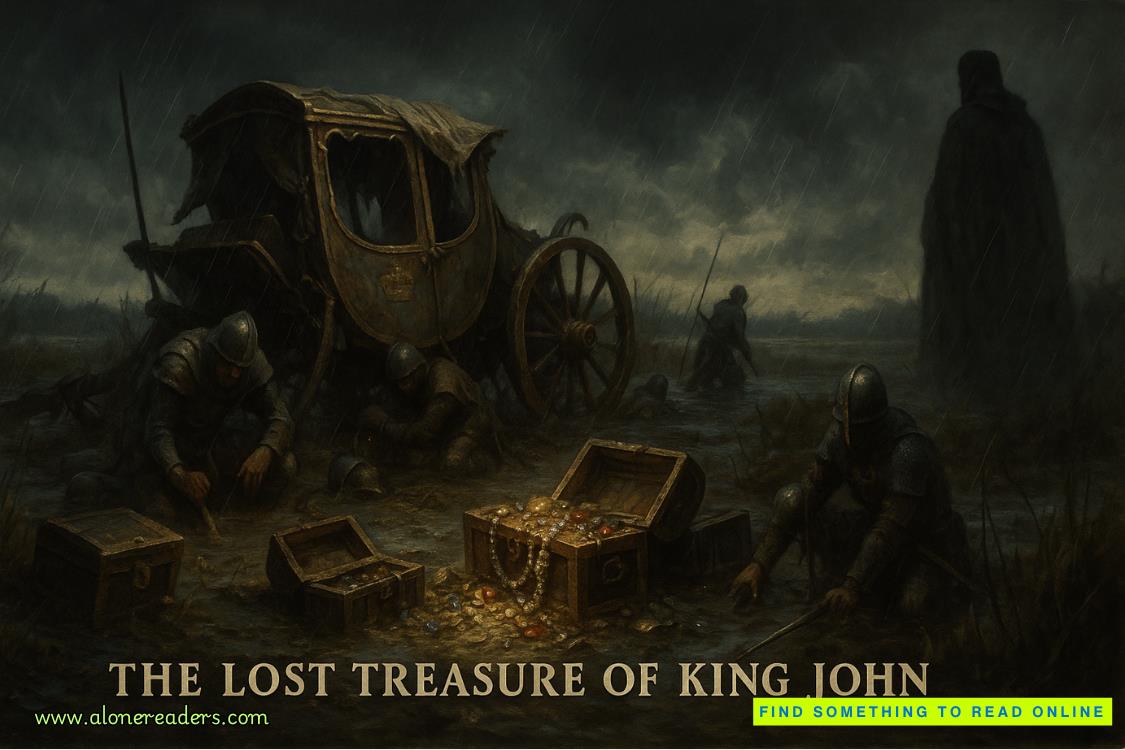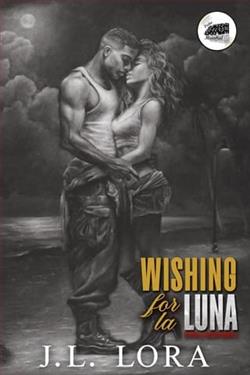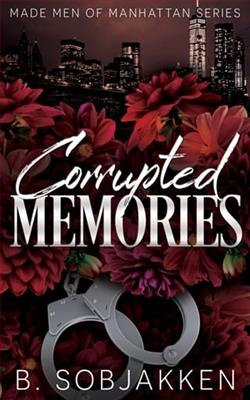Page 124 of Marble Hall Murders
‘I agree. Eliot also told me that he had based the little boy, Cedric, on himself, so that’s easy. I’m not sure about Robert Waysmith, though. I’m guessing that he’s a version of Roland. He’s not part of the family. He’s Elmer’s son fromhis first marriage. But he’s described as good-looking, like a poet or an adventurer, and in Chapter Eighteen, Cedric says that everyone in the family likes him. All of this is true of Roland – or at least it was until he broke the faith by having an affair with Gillian.
‘The big question is – did Robert Waysmith kill Lady Chalfont? And if so, does that mean that Eliot is identifying Roland as the killer of Miriam Crace?’
I got up and poured myself a glass of cold water. This was all getting far too complicated.
‘Roland, Julia and Eliot were all children when they were living in Marble Hall,’ I went on. ‘Roland admitted to me that they often talked about killing their grandmother. They even put together some sort of potion. It was an idea they got from a Roald Dahl book –George’s Marvellous Medicine. Charles Clover knew all about this. He said that Julia had put the poison they concocted in one of her perfume bottles, which she kept in her room, but Roland stole it from her the night Miriam died. He had the room next to hers. It makes complete sense. Roland was the oldest of the children and he was their protector. If anyone was going to slip something into the old lady’s lemon and ginger pick-me-up, it would have been him. Lady Chalfont also drank lemon and ginger tea, so it follows that if it was Robert Waysmith who poisoned his stepmother in the book, then it must have been Roland who killed Miriam Crace in real life.
‘There’s just one problem. Motive. In real life, I suppose it’s quite possible that Roland might have killed Miriam Crace when he was seventeen. Miriam had been vile to his sister. He was her protector. By poisoning Miriam, he would have beengetting his own back on her and preventing Julia from doing it herself. But I still can’t see him killing his own brother, especially when you consider his relationship with Gillian.’
‘You should also know that Roland Crace can’t drive,’ Blakeney said. ‘He never got a licence. He was driven to the party in a private car – like most of the guests. We’ve put together a list of everyone who drove themselves that night.’
‘Am I on it?’
‘There’s still a question mark on that one, Susan.’
‘Well, if Roland can’t drive, he can’t have killed Eliot. And if Robert Waysmith is his alter ego in the book, I’m not sure that works either because Robert has no reason to kill Lady Chalfont. He inherited ten thousand pounds in her will, but he didn’t particularly need it and he certainly wouldn’t have killed her for it. If there was anyone he might have wanted to murder, it was his father. I’m sure Eliot would have written more about Marion’s suicide in the missing pages, but it’s already clear that Robert Waysmith partly blamed his father for her death. Elmer Waysmith didn’t even break off his business trip to come home.’
‘What about the others?’ Blakeney asked. He seemed keen to move on.
‘We can deal with the last three pretty quickly. Frédéric Voltaire is my favourite character in the book and I really like his relationship with Pünd. He’s obviously based on Frederick Turner, who was adopted by Miriam Crace, and I did challenge Eliot as to why he did that. Turner gets smashed up in a road accident and Eliot turns him into a casualty of war. The same injuries. Incidentally, Leylah Crace told me that Turner lied about the cause of the accident …’
‘Had he been drinking?’
‘Maybe you can find out. If he was breathalysed, would they have kept the records?’
Blakeney nodded. ‘I’ll check.’ He took out his smartphone and tapped in a few words.
‘Julia Crace was also in the car, so maybe she’ll be able to help,’ I said. ‘What’s strange about Frederick Turner is this whole racism thing. Was Miriam a racist or wasn’t she? She seems to have treated Frederick as a second-class citizen, but he wouldn’t say a word against her. It was the same with Leylah. But neither of them had any reason to kill anyone. And that just leaves Gillian Crace and John Lambert.’
‘I’m going to let Emma Wardlaw loose on Dr Lambert,’ Blakeney said. ‘If you’re right and the family paid him to keep quiet about the cause of Miriam Crace’s death, she’ll force it out of him.’
‘I’d like to see that.’
‘As for the character of Alice Carling, you’ll be interested to know that she doesn’t appear in Eliot’s original notes,’ Blakeney said. He pushed over the notebook with the Japanese design on the cover. ‘This is Eliot’s notebook, the one I mentioned, all written in his own hand. He changed a lot of the names. Monsieur Lambert’s assistant was originally called Gabrielle Mazin – who also happens to be the head of Netflix in France.’
‘Eliot found out about the affair around the same time he started writing the books – so he put his wife in and killed her. I always thought that Alice Carling was an odd name for a young woman living in a French village.’
‘She was also Celia Carling, Clair La Cinge and ClariceLaing.’ Blakeney showed me a page full of names with letters crossed out and rearranged. ‘He seems to have spent as much time planning his anagrams as he did plotting the book.’
‘May I see that?’ I asked.
He handed it to me. ‘Of course.’
Eliot had filled about half the book with notes and diagrams using four different colours: red, blue, green and black. He had tucked in photographs of paintings by Sisley and Cézanne and there was also a clipping from a magazine that showed the Villa Ephrussi de Rothschild, which he had obviously used as his inspiration for the Chateau Belmar.
It was like a snapshot of his brain. He’d started with point-by-point analyses of all nine Atticus Pünd novels before he’d sat down to create his own. He’d drawn a family tree for the Chalfonts, circling the names and connecting them, adding their dates of birth and how old they were when Lady Chalfont died. There were timelines showing, for example, where everyone had been – and when – on the day of the murder. These were mixed in with pages of research and ideas for storylines, not all of which he’d used in the end. Everything was so jumbled together that if I hadn’t read the book, it would have made no sense at all, and even with the story very much in my head, it was hard to work out what fitted where. What I was mainly looking for was anything that indicated which way the book might go.
The Primogeniture System. Entail follows the title (see Julian Fellowes – Downton Abbey).
The Einsatzstab Reichsleiter Rosenberg (ERR) and The Monuments Men.
No chemical test to identify ACONITINE in the blood. Death immediate. Monkshood, wolfsbane possible ingredient in ‘George’s Marvellous Medicine’.
‘PLOT IDEA – we’ll release you from concentration camp in return for art. DOUBLE CROSS!’
Mitral stenosis – a valvular disorder of the heart. Narrowness of the mitral valve which controls the flow of blood.
KENNETH RIVERS involved in taxidermy. Treated for arsenic poisoning. (Symptoms – warts and lesions, sore throat, darkening skin.)



